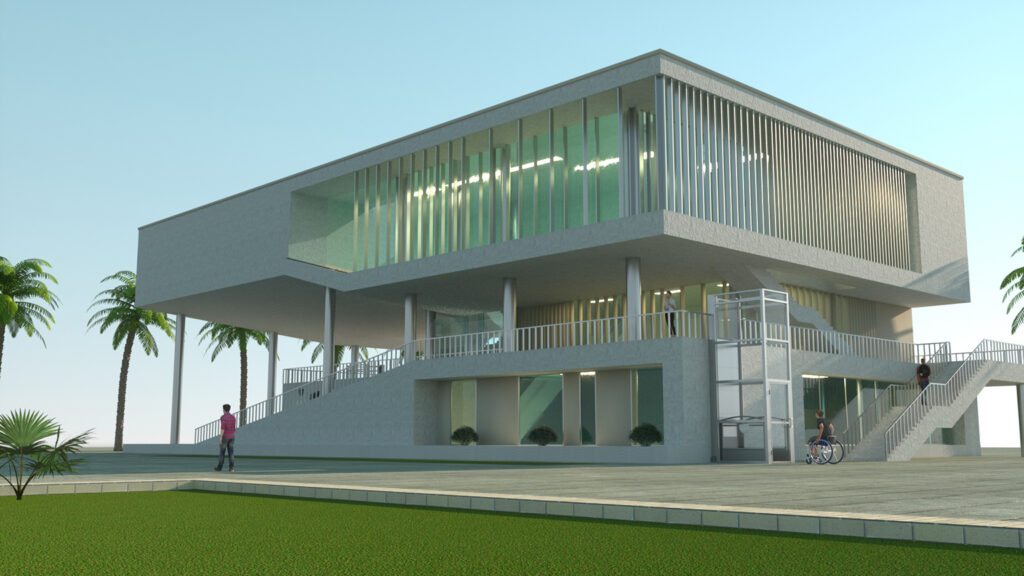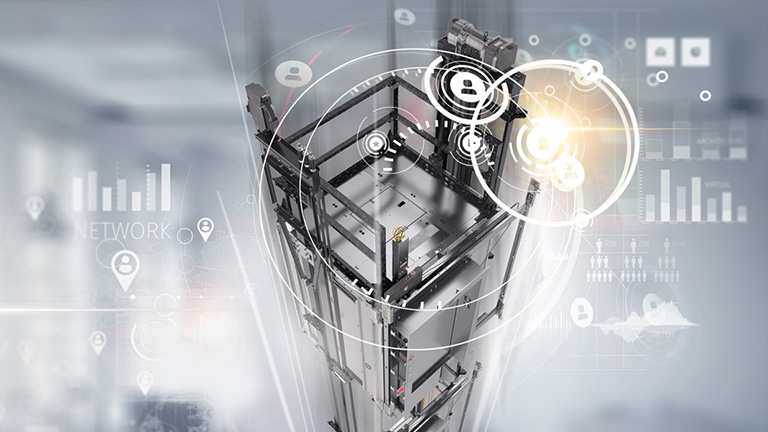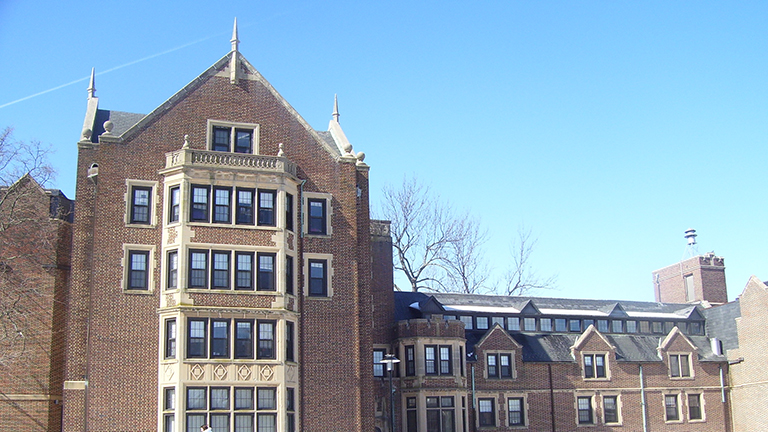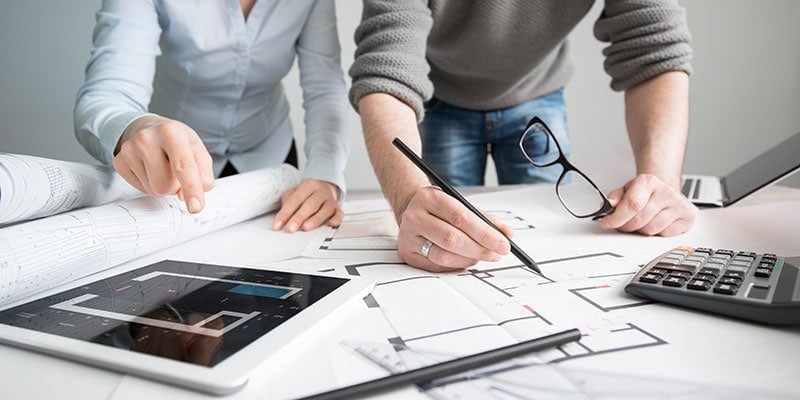Platform lifts, also known as wheelchair lifts, provide accessibility solutions to individuals who are either convalescent or disabled, making it possible for them to enter, exit, or negotiate the architectural barriers of a location. However, many first time owners are unaware of the proper installation, use, and maintenance of a wheelchair lift.
Proper Installation
It is important to have a licensed installer perform any wheelchair lift installation. This is largely due to installation locations requiring construction in preparation for the install. In regards to permanent installations, wheelchair lifts will often require installation in slabs of reinforced concrete. Furthermore, most outdoor porch lifts (the most common use of a vertical platform lift) require a solid surface gate on the upper landing. Lifts may also require additional modifications to do away with shearing hazards. In addition, the site may also require many other modifications, such as electrical preparations. Dealers, as licensed installers, ensure a lift conforms to ADA and safety code enforced in their local municipality. In addition, these installers also perform relocation or any maintenance and repair needs that may arise.
Proper Use
Wheelchair lifts do NOT carry freight. Wheelchair lifts exist to assist persons with disabilities overcome architectural barriers hindering them from accessing an area or taking part in an activity. As such, while some lifts are large enough to accommodate a rider and an assistant, no more than two people are capable of riding a lift at any one time. However, even two people may exceed a wheelchair lift’s weight capacity. In addition, wheelchair lifts are intended for limited use, between 5 and 15 times per day. These limitations are due to the compact nature of wheelchair lifts and their need for lifting mechanisms less robust than those used in elevators and industrial lifts. For further information read, “The Differences Between Wheelchair Lifts and Elevators.”
Proper Maintenance
Like any other machine, a platform lift may require occasional maintenance. For example, screw drives will require occasional greasing, while hydraulic lifts will need to have regular fluid level checks. The owners guide provided with each lift will detail regular maintenance procedures, as well as proper cleaning instructions. Such procedures will vary depending on drivetrain type and installation location. In addition, if repairs to a lift become necessary, the owner’s manual may also include basic and advanced repair information. However, these repairs need to be performed by an experienced technician familiar with electro-mechanical systems and OSHA regulations.
For additional information read, “Choosing a Wheelchair Lift,” or watch this portable lift demonstration video for insight into how to use a portable lift.



